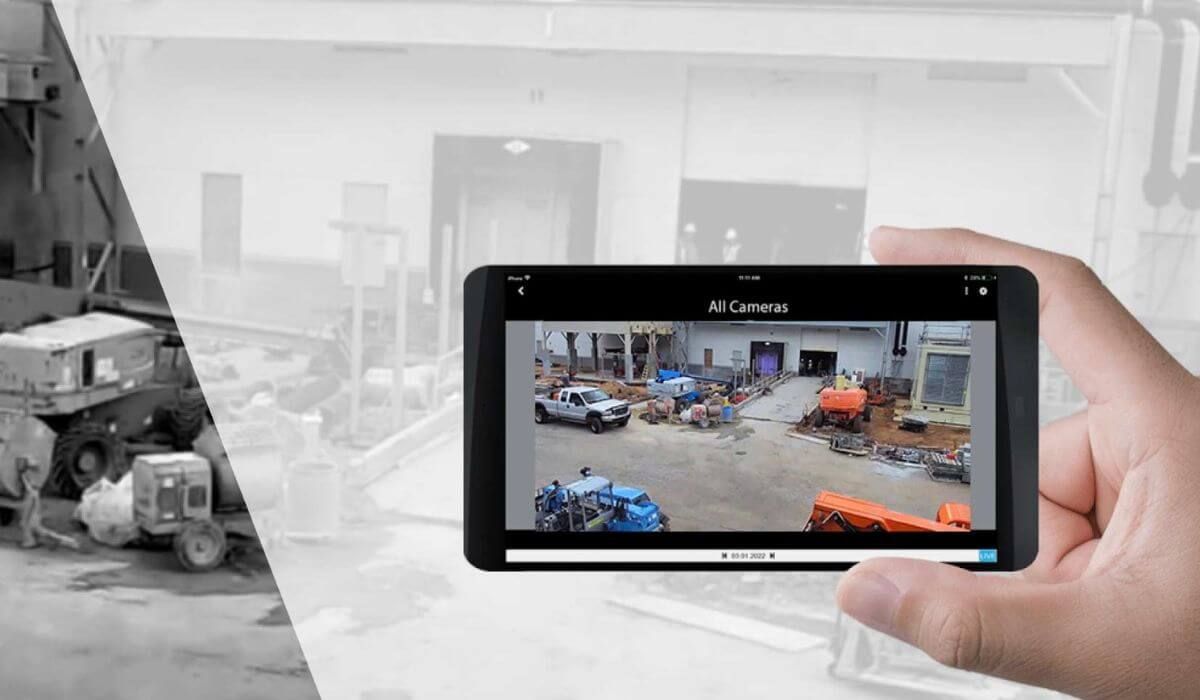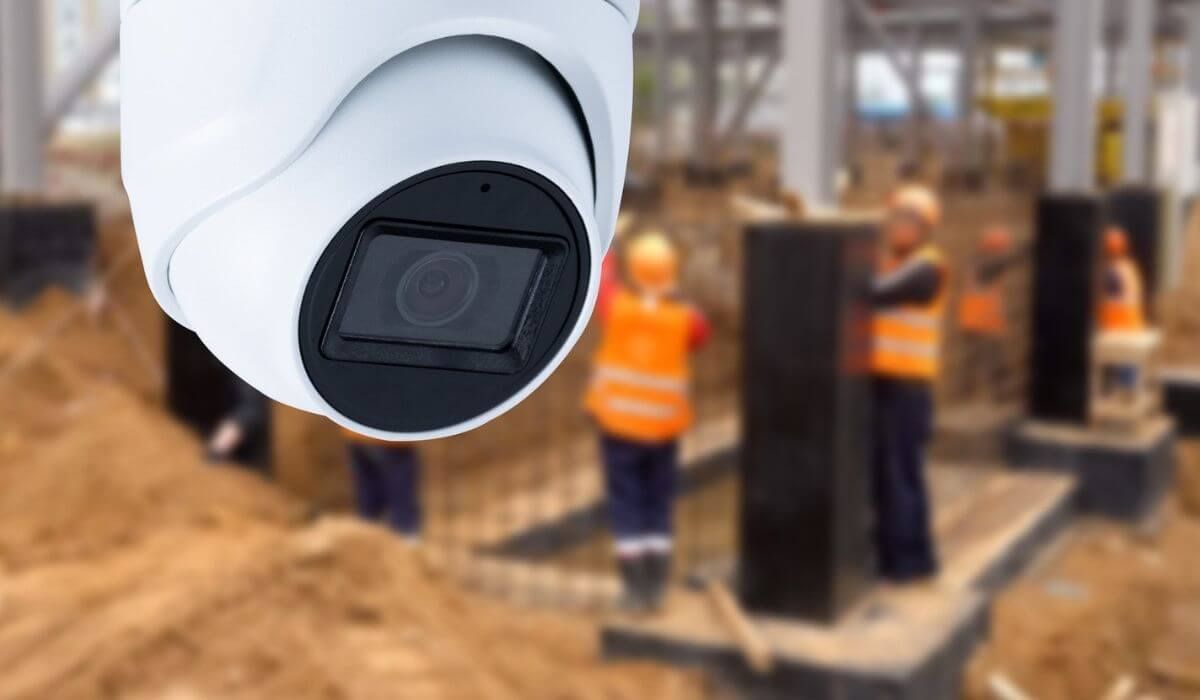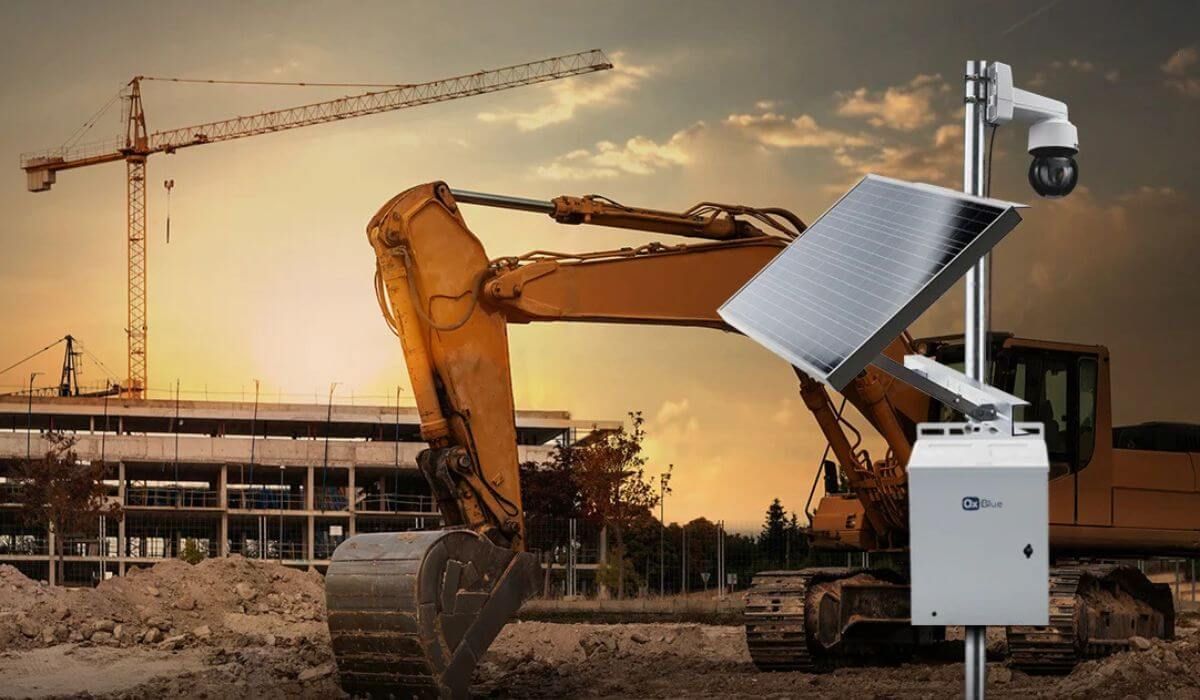Selecting the Perfect Security System for Your Business Needs
A reliable security system is crucial for any business, ensuring the protection of assets and providing peace of mind. With numerous options available, choosing the right system can be daunting. This guide aims to help business owners navigate the complex market of security systems, making an informed decision that suits their specific needs.
Understanding Your Security Needs
Risk Assessment Guidelines
Assessing your security needs is the first step in selecting the right system. Consider factors such as business size, location, and the nature of operations. A thorough risk analysis will identify potential security vulnerabilities and help prioritize your security requirements.
- Risk Analysis: Evaluate potential threats and weaknesses in your current security setup.
- Security Vulnerabilities: Identify areas that are most susceptible to security breaches.
Types of Security Systems Available
Pros and Cons of Each System Type
There are several types of security systems available, each with its own advantages and drawbacks. Understanding these can help you choose the most suitable option for your business.
- Intrusion Detection Systems: Monitors and alerts against unauthorized entry.
- Pros: Immediate alerts, potential deterrence.
- Cons: May require frequent maintenance.
- Surveillance Systems: Provides continuous monitoring through cameras.
- Pros: Visual evidence, remote monitoring.
- Cons: Privacy concerns, data storage requirements.
- Access Control Systems: Manages and restricts entry to certain areas.
- Pros: Enhanced control, detailed access logs.
- Cons: Can be expensive to install and maintain.
Key Features to Consider
Importance of Integration Capabilities
When selecting a security system, consider critical features that ensure comprehensive protection and ease of use.
- Real-Time Monitoring: Allows for immediate response to incidents.
- Automation: Simplifies security management through automated processes.
- Data Protection: Ensures that security footage and logs are secure and private.
- System Integration: The ability to integrate with other smart security solutions enhances overall effectiveness and convenience.
Comparing Cost vs. Value
Budgeting for a Security System
Balancing cost with value is essential when investing in a security system. Evaluate the long-term benefits against the initial expenditure to ensure a cost-effective solution.
- Security System Costs: Include installation, maintenance, and potential upgrades.
- ROI on Security Investment: Consider how the security system will protect assets, reduce losses, and provide peace of mind.
Conclusion
Selecting a security system that aligns with the specific needs and goals of your business is essential. Consider the immediate benefits and long-term reliability of the system and support offered by the provider. By understanding your security needs, evaluating different system types, and balancing cost with value, you can ensure that your business remains secure and well-protected.
FAQs About Choosing the Right Business Security System
What are the immediate steps to take after choosing a security system?
Once you've selected a security system, the next steps include:
- Installation: Professional installation ensures the system is set up correctly.
- Testing: Thoroughly test the system to ensure all components are functioning properly.
- Training Employees: Educate your staff on how to use the system and respond to alerts.
How often should a business update its security system?
Regular updates and upgrades are crucial for maintaining an effective security system. Consider:
- Routine Maintenance: Regular checks to ensure the system is functioning correctly.
- Software Updates: Keep the system’s software up-to-date to protect against new threats.
- Technology Upgrades: As technology evolves, upgrading your system can enhance security and efficiency.




